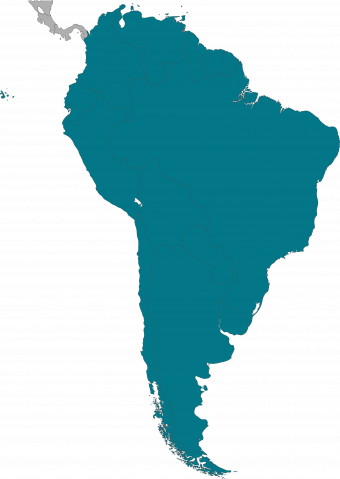South America
South America
Recent Activity
Articles
December 8, 2015
Facing electoral challenges, falling approval rates, and weak economies, some political leaders in 2015 altered border policies or engaged in conflicts across borders as tools of domestic policy. This trend looks at the effects on migration of conflicts between Venezuela and Colombia, Russia and Ukraine, and India and Nepal.












